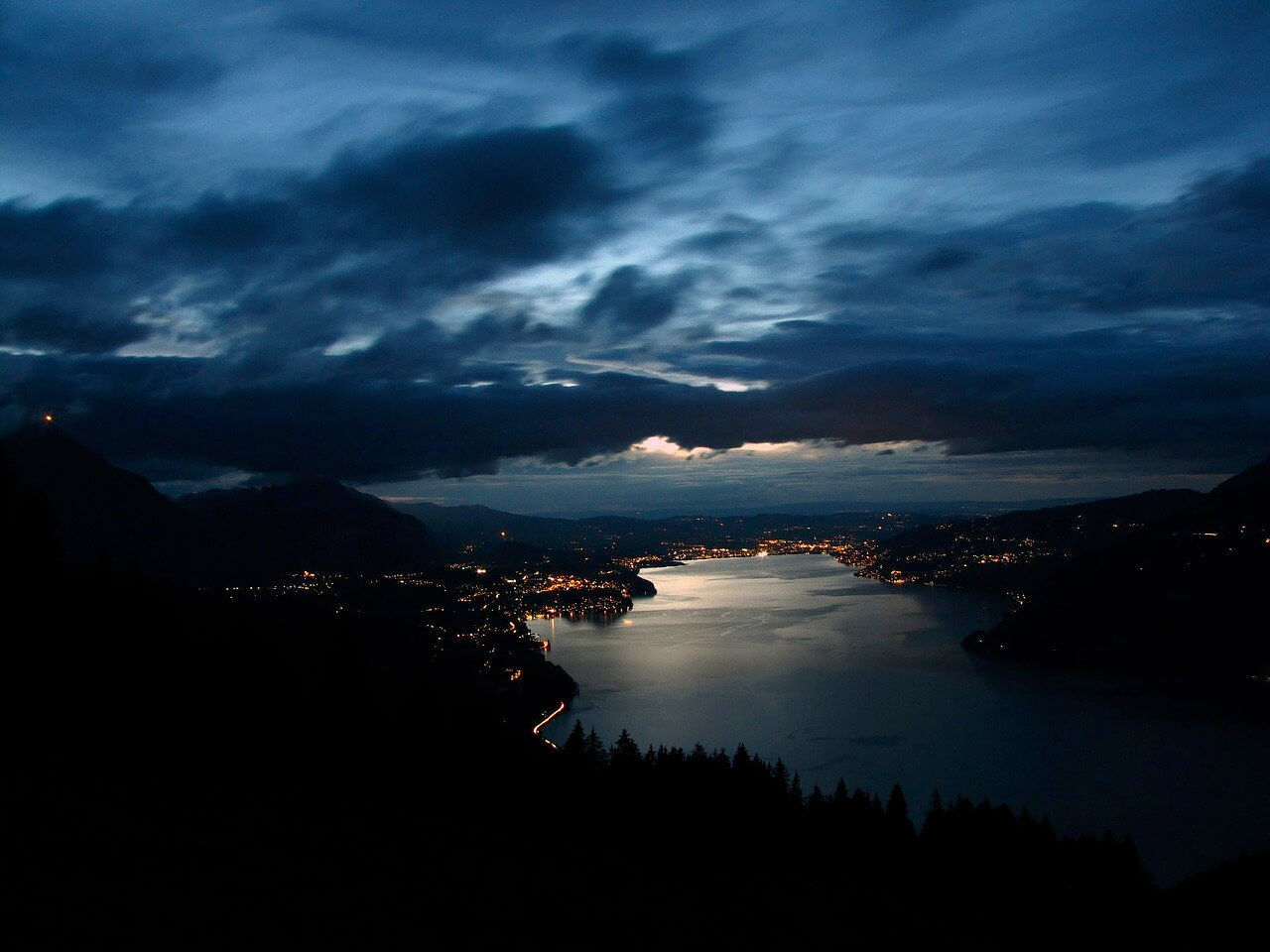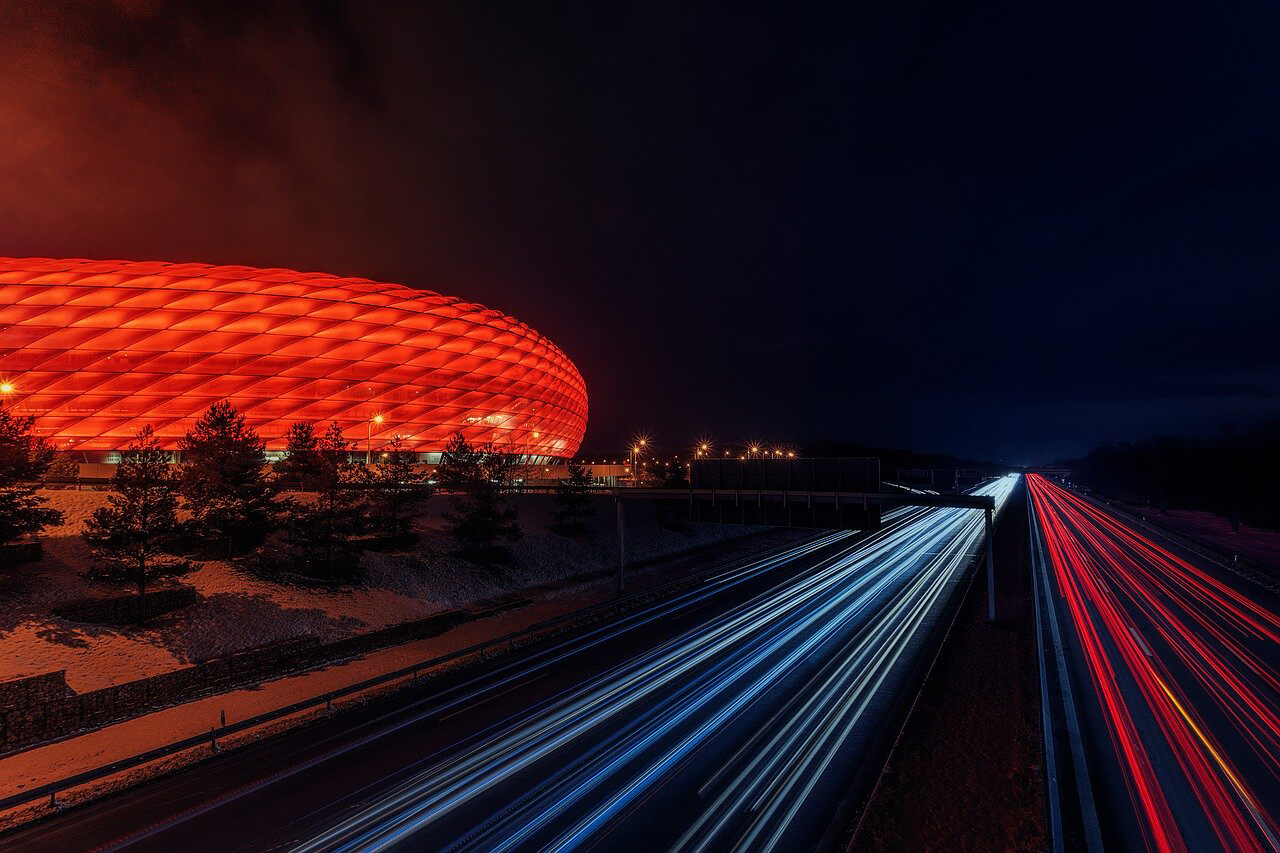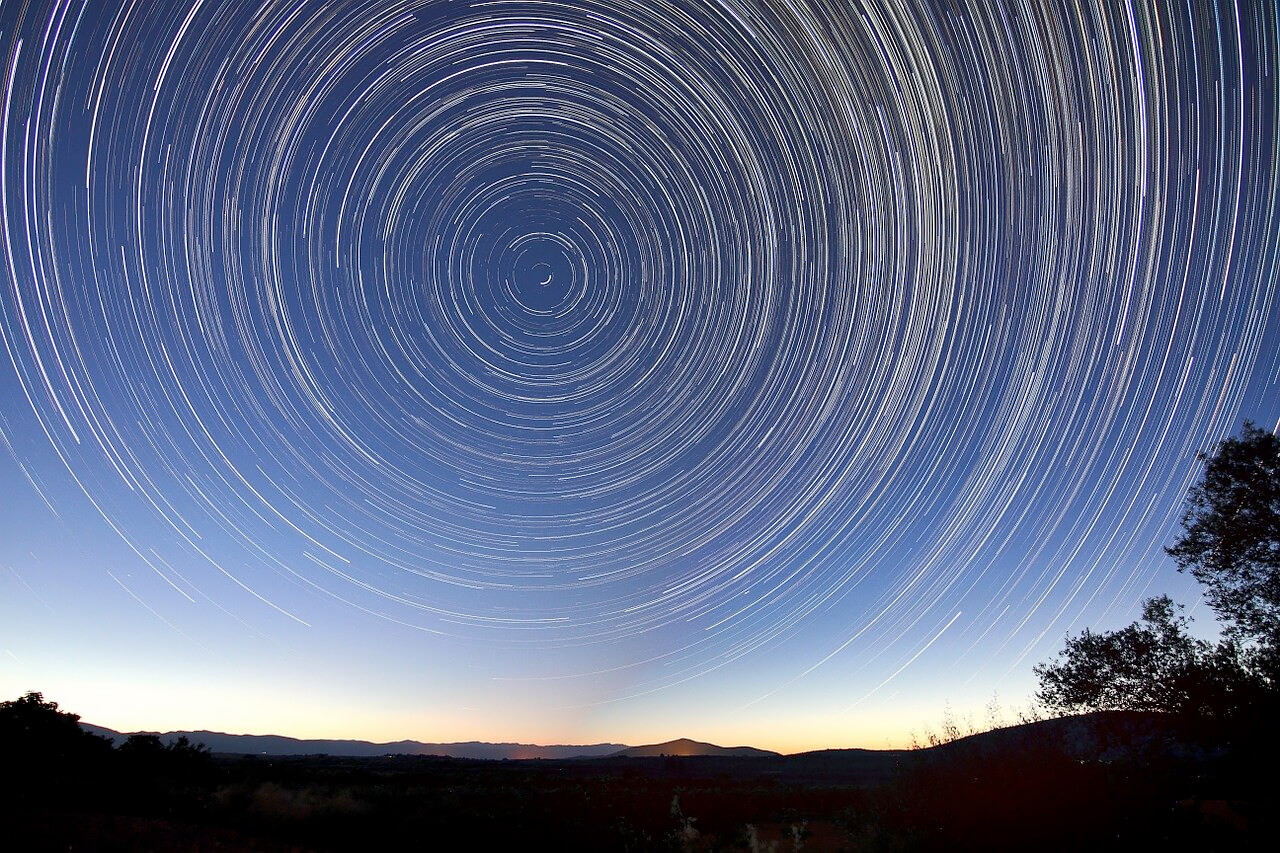Imagine yourself standing on a beautiful beach, with the setting sun on the horizon. Behind you, there is a stunning cliff, you are holding a manual camera, and can already tell that the picture will be amazing. You bring your face close to the viewfinder, put your finger on the shutter-release button, take a photo and... you are disappointed with the result.
Why? Because it turned out, the picture is too dark. Disappearing rays of the sun weren't enough to lighten the photo. But don't worry! There is a way to take a great picture when there is not enough light. You just need to get to know some practical things you can do with your camera, and how to make it do exactly what you want.
Maybe you noticed the extensive user's manual of your camera after the purchase but decided that if you do not want to be a professional, all these complicated functionalities will not be useful to you? In fact, terms like ISO, aperture, and shutter speed can sound enigmatic. However, getting to know the subject is not as difficult as it seems.
Shutter speed is one of the most critical settings in photography. You will see how easy it will be to take pictures in the dark and what fantastic effects you will achieve when you get to know this seemingly complex function.
In this article, we will explain to you clearly and in a simple way
what shutter speed is and how to properly use it to shoot better photos.
What Is Shutter Speed?
Shutter speed (
exposure time) is the time you allow the light to reach the photosensitive matrix. In classic devices (e.g. an ordinary camera, or an enlarger),
negative or
positive photosensitive material is exposed. And in digital cameras - a photosensitive optoelectronic element.
You can freely manipulate this functionality, which has various values. Shutter speed is measured in fractions of a second (1/2; 1/80; 1/250) or in whole seconds (1; 2; 3). The shutter speed chart starts from 1/2000 seconds to 30 seconds, depending on your camera. Note that 1/50 is longer than 1/100. The longer the time you set, the more amount of light will fall in.
Shutter speed helps us in several situations, which we are going to describe below.
When It's Getting Dark
Taking photos when
there is no daylight isn't easy, but thanks to shutter speed and another function called
ISO, you can shoot high-quality, and
well-lit photos.
ISO is the sensor's sensitivity to light. The lower the ISO value, the sharper the photo, so the ISO is usually set to 100. ISO helps to brighten the picture, but the downside here is the appearance of the so-called “noise” in the photo as the ISO value increases.
In order to increase the sharpness of the photo, instead of boosting the ISO, you can
use a tripod. When you place the camera still, instead of increasing the ISO, you can extend the exposure time of the photo (shutter speed). When you prolong the exposure time, more light will fall on the matrix, and the picture will finally be brighter without increasing ISO.
But you have to be aware of one thing here. Extending the photo exposure time will make sense with landscapes and static scenes, while when shooting dynamic scenes, with movement - not much. Increasing the exposure time will make the character you want to keep moving in the photo blurry.
Shutter Speed for Creative Photos
Thanks to shutter speed, you can stop the movement or blur it. For example,
fast shutter speed is handy when you photograph sports and want to freeze a runner or a cyclist. It is also helpful in shooting a bird in flight or another animal on the run. Then you need to set the time to a minimum of 1/250 and above. If you want to blur the movement and show the runner's movement, you extend the time. The longer the time, the more blurry the motion.
Slow shutter speed works very well in nature when photographing water, rivers, waves, waterfalls, but also fast-moving clouds. It is also used to show the movement of stars and cars. If you extend the time to 30 seconds or more, you will
blur the movement, which will give an interesting light streak. During the day, use of filters to trap some of the
light. Otherwise, we will get an overexposed photo.
Manual Shutter Speed Setting
More sophisticated cameras have a function of manual exposure setting. It can be made by Bulb (B) or Time (T) button - in Bulb mode, the shutter remains open as long as the shutter button is pressed. In Time mode, the shutter opens when the shutter button is pressed and released and closes at the same action.
In both cases, exposure to photosensitive material can last for many hours, but practically such a long exposure is recommended in the Time mode.
Conclusion
Shutter Speed is a very useful tool in photography. It would be best if you would grab your camera to discover this function in practice. After reading this article, try to shoot some photos in the evening and see if changing shutter speed helps get brighter photos. Remember that practice makes perfect and that you can become an expert in no time.
You can manipulate this function to get the desired outcomes depending on the time of the day and on your creative vision. Have fun!




